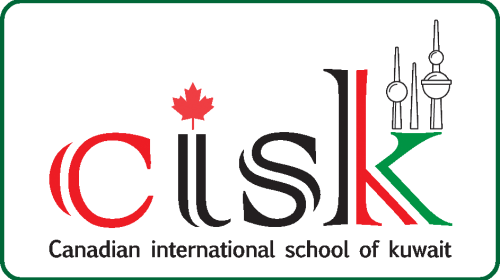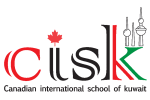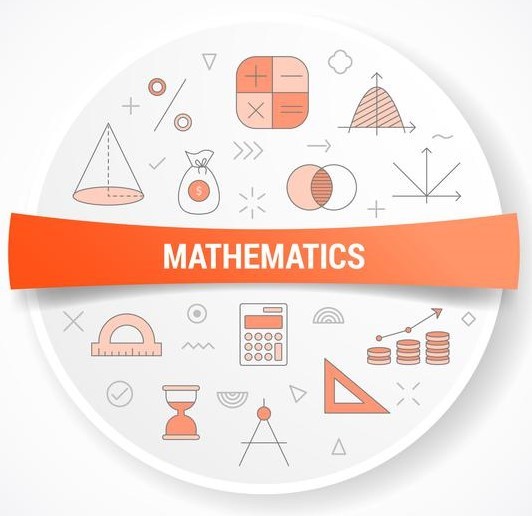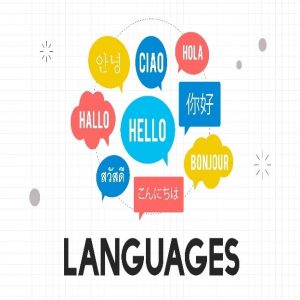Description
This course builds on the Grade 5 curriculum to further develop students’ understanding of fundamental mathematical concepts by exploring topics related to number, coding, algebra, data, spatial sense, social- emotional learning skills in mathematics, and financial literacy.
Throughout the course, students build their social emotional learning skills by focusing specifically on breaking down problems in order to understand questions in simple terms. Such methods can be applied to mathematical reasoning. Students are encouraged to explore how to arrive at solutions in a variety of ways in order to apply their mathematical thinking creatively and in a way that serves their unique perspectives and understandings.
Regarding numbers, students will be introduced to scientific notation in order to be able to read, represent, compare, order, and round both small and large numbers. They will do the same using whole numbers, mixed numbers, fractions, percentages, and decimal numbers. They will learn about prime and composite numbers as well as integers, ratios, and unit rates. While furthering their operational knowledge, they will practice multiplying and dividing four and two-digit numbers and decimal numbers. They will also practice adding, subtracting, multiplying, and dividing decimal numbers, whole numbers, fractions, percentages, and mixed numbers.
In algebra, students will practice solving equations with one, two, and three variables and add monomials. They will also solve, verify, and graph inequalities. While expanding their coding knowledge, they will use code structures and practice debugging code.
In data, student will explore the differences between discrete and continuous data. They will continue to collect, organize, and display data in a variety of appropriate graphs, charts, tallies, and other visual formats. They will create infographics in order to display data in a way that tells a story about their findings. They will also continue to expand their knowledge and understanding of probability by conducting a variety of different probability experiments.
In spatial sense, students will explore the geometric properties of different quadrilaterals. They will sort polygons according to regular and irregular properties and use knowledge of angles to measure, construct, and find angle measurements. Students will also build 3D models using drawings. Spatial understanding will be further developed by plotting points on a Cartesian plane and by exploring measurement. Students will continue to estimate, measure, and record measures of length, area, mass, and capacity and will practice converting measurements to different units.
In financial literacy, students will compare different types of payment methods in order to develop a better understanding of their uses. Students will learn about different types of financial goals, see how such goals may be reached, and gain an understanding of interest and other financial fees.
Through investigation of real-life problems, students develop a strong foundation of mathematical knowledge and skills. Students apply mathematical processes and build transferrable critical thinking skills in varied teaching and consolidation activities that appeal to diverse learning styles. Students participate in engaging storylines along with characters who connect their learning to real-world contexts and build confidence by instilling a positive attitude towards mathematics. Various opportunities consolidate students’ learning through technology and offline activities, including tactile manipulatives, to reinforce essential mathematical strategies and tools. The course has a strong focus on reinforcing number sense and numeracy skills. It also provides various activities for practice throughout. This course prepares students for grade 7 mathematics








Reviews
There are no reviews yet.